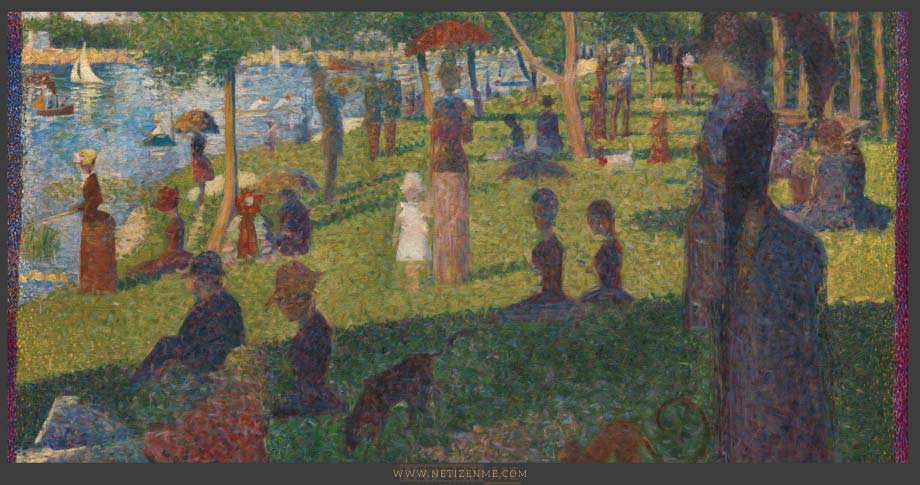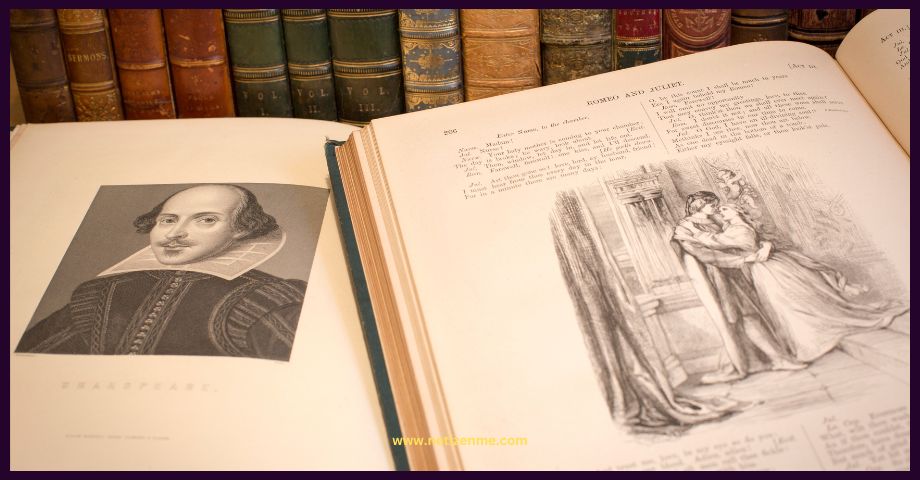The Impressionist movement, originating in the late 19th century, was groundbreaking for its innovative use of light and color and its evolving gender dynamics. This blog post explores the shifting role of women in the Impressionist movement, focusing on their contributions as both painters and subjects. We will delve into the challenges they faced, their influences, and their lasting impact on the art world.
Women as Pioneers of the Impressionist Movement
Historically, the art world was predominantly male, with women often relegated to the roles of muses or models. However, during the Impressionist era, several female artists were part of the movement and significantly impacted its development. Artists like Berthe Morisot, Mary Cassatt, and Marie Bracquemond were instrumental in defining Impressionist aesthetics despite significant societal and professional obstacles.
Confronting a Male-Dominated Field:
The art world of the 19th century was primarily governed by stringent norms that restricted women’s participation in socially acceptable roles, such as muses or models. Art academies often barred women from enrollment. Those who wished to study art faced severe limitations, particularly in exploring the human form, which was essential for artistic training at the time. Women were also frequently excluded from prestigious art competitions and exhibitions, crucial for gaining recognition and advancing an artist’s career.
Rise of Female Impressionists:
Despite these cultural and institutional barriers, the Impressionist era, emerging around the 1860s in Paris, marked a significant turning point. This movement was characterized by a looser, more vibrant painting style, focusing on light and everyday life, diverging from academic art’s rigid and formal traditions. Within this context, several determined women infiltrated this avant-garde group and became central figures in its evolution.
The Artistic Contributions of Female Impressionists
Female Impressionists brought unique perspectives to their work, often focusing on domestic life, family, and children, which were considered more appropriate subjects for women then. They utilized softer palettes and brushwork that distinguished their work from their male counterparts. Mary Cassatt, for example, is renowned for her intimate mother-child paintings, portraying the subtlety and strength of women in everyday settings.
Pioneering Female Artists and Their Unique Perspectives:
Berthe Morisot:
Often hailed as a vital member of the Impressionists, Morisot brought a distinctive approach to Impressionism with her delicate brushwork and focus on domestic settings and private moments. Unlike her male counterparts, her subjects were often women of her social milieu, engaged in everyday activities, which she portrayed with depth and sensitivity. Morisot’s works, such as “The Cradle” (1872), in which a mother watches over her sleeping child, helped elevate subjects traditionally seen as trivial to the forefront of artistic innovation.
Mary Cassatt:
An American painter who spent much of her career in France, Cassatt was instrumental in shaping the Impressionist movement with her bold compositions and vibrant portrayals of the private lives of women, with a particular focus on the intimate bonds between mothers and children. Her style evolved under the influence of her peers like Edgar Degas, and she became renowned for works such as “The Child’s Bath” (1893), celebrated for its intimate framing and the tender realism of its subjects.
Marie Bracquemond:
One of the lesser-known yet influential Impressionist artists, Bracquemond, faced significant opposition from her husband, Felix Bracquemond, who was skeptical of women pursuing careers in the arts. Despite this, her work often depicted women in vibrant, light-filled outdoor scenes, showcasing her skill in handling color and light. Her painting “On the Terrace at Sèvres” (1880) is particularly noted for its innovative use of perspective and its subtle yet powerful portrayal of female introspection and independence.
Societal Challenges and Artistic Recognition
Female artists in the Impressionist movement frequently faced prejudices and were excluded from formal training and important exhibitions. They often had to find alternative routes to display their work, such as independent exhibitions or private salons. Despite these challenges, they gained recognition and influence within artistic circles, contributing significantly to the movement’s ethos and success.
These women navigated a path fraught with social stigmas and professional isolation. Their participation in the Impressionist exhibitions of the 1870s and 1880s not only challenged the gender norms of their time but also redefined what was artistically possible and socially acceptable. They didn’t just participate; they influenced and expanded the scope of the movement. Their unique perspectives and persistent efforts opened doors for future female artists.
Women as Subjects in Impressionist Art
In Impressionism, women were depicted in more realistic, candid portraits. This shift mirrored broader societal changes regarding women’s visibility and roles from muses to active participants. Impressionist paintings often featured women in varied roles and settings, highlighting their increasing participation in public and social spheres.
Impact and Legacy of Female Impressionists
The legacies of female Impressionists have grown in recognition over time. Today, they are celebrated for their resilience and ability to carve out new spaces for women in art. Their works provide valuable insights into women’s lives during the Impressionist period, and they continue to influence modern art in technique and portrayal of women.
Reevaluating the Role of Women in Art History
In conclusion, the contributions of women to the Impressionist movement are profound and multifaceted. As painters, they introduced new subjects and styles that challenged traditional norms. As subjects, they helped shift the portrayal of women from passive figures to active participants in the artistic narrative. Their perseverance in the face of societal challenges has paved the way for future generations of female artists. Hence, it is essential to recognize and honor their roles in shaping the trajectory of modern art. The story of women in Impressionism is not just a chapter in art history. But a beacon for ongoing discussions about gender, art, and society.
This article is written by:
Our professional writers and editors are passionate about sharing high-quality information and insights with our audience. We conduct diligent research, maintain fact-checking protocols, and prioritize accuracy and integrity to the best of our capacity.
You can cite our articles under the author name "Netizenme"





